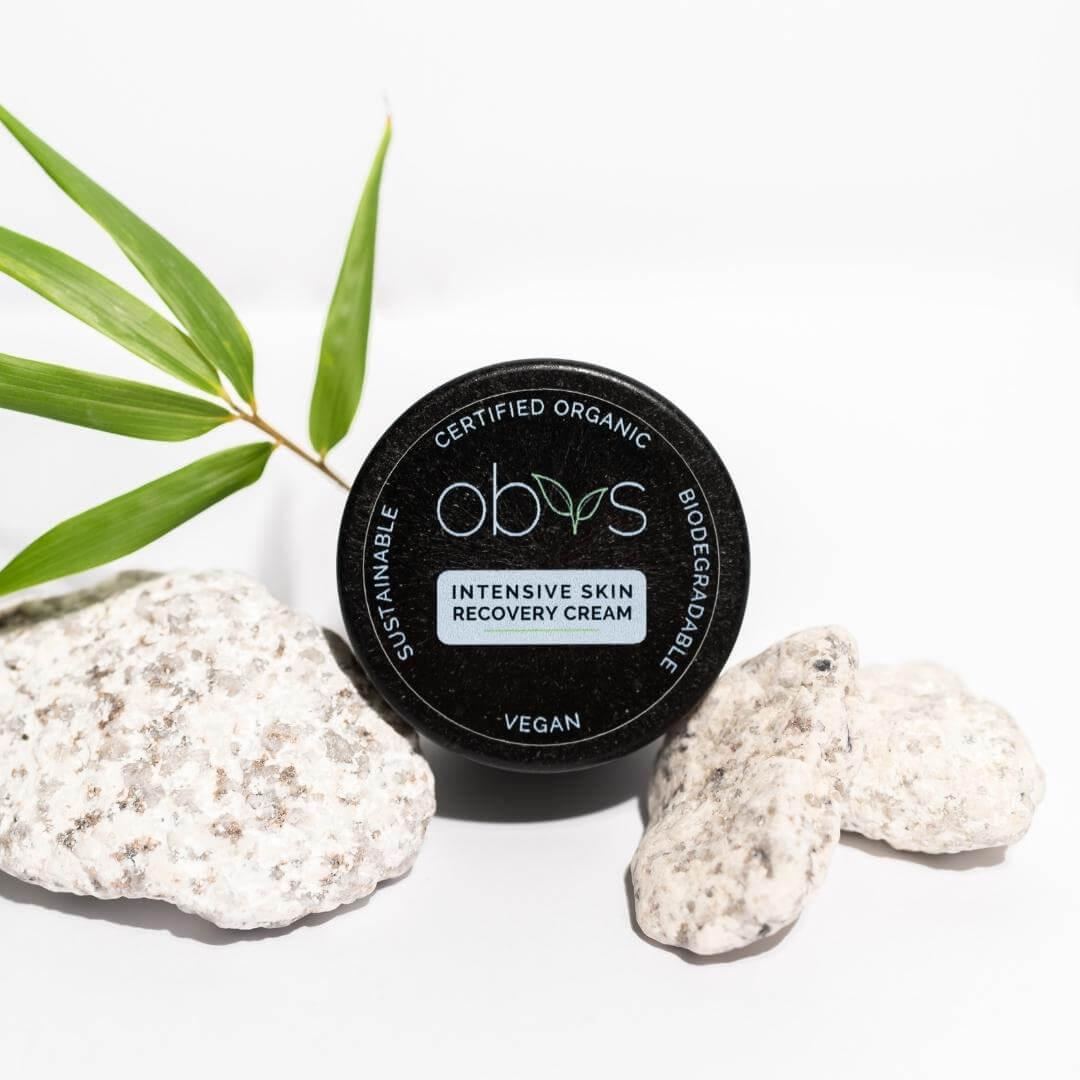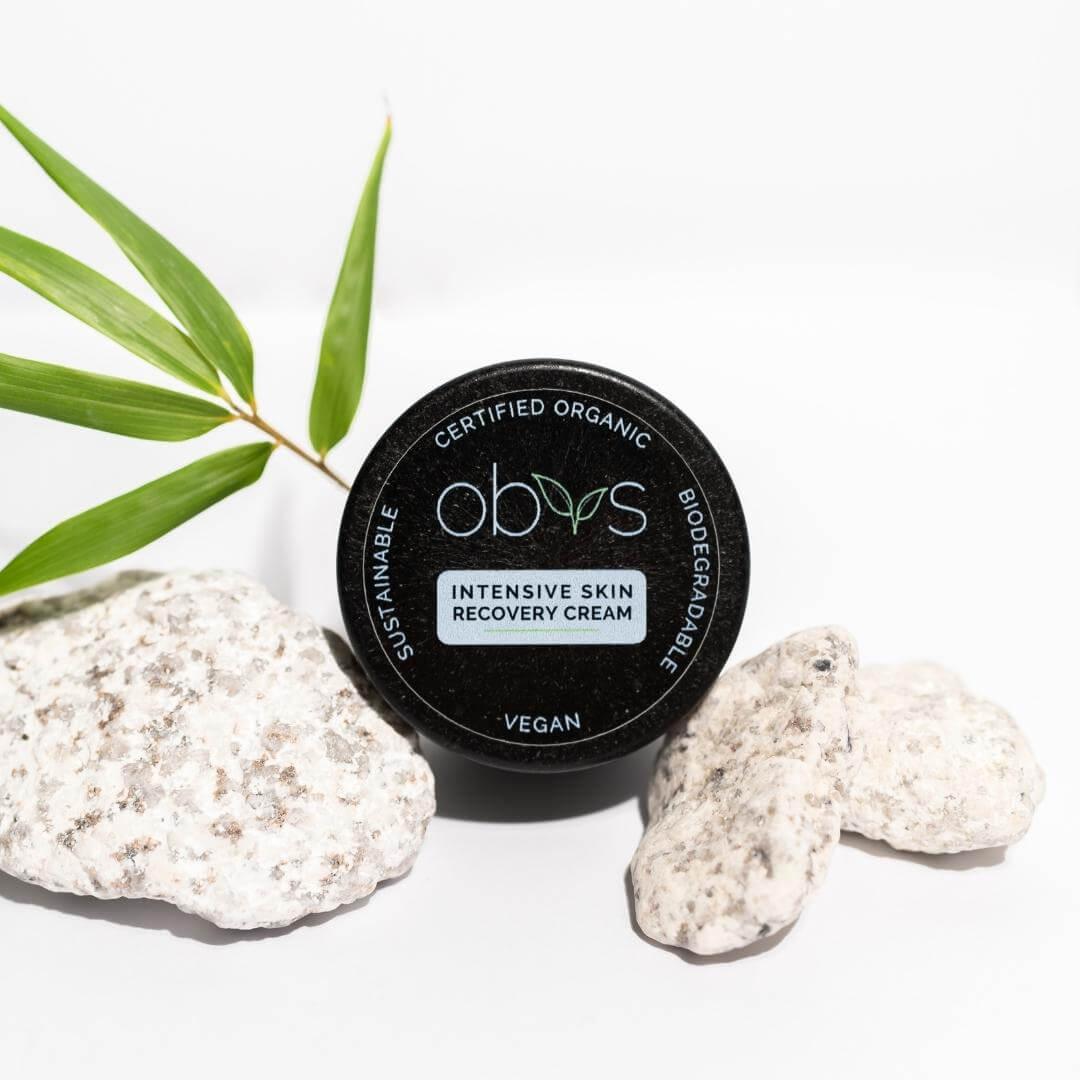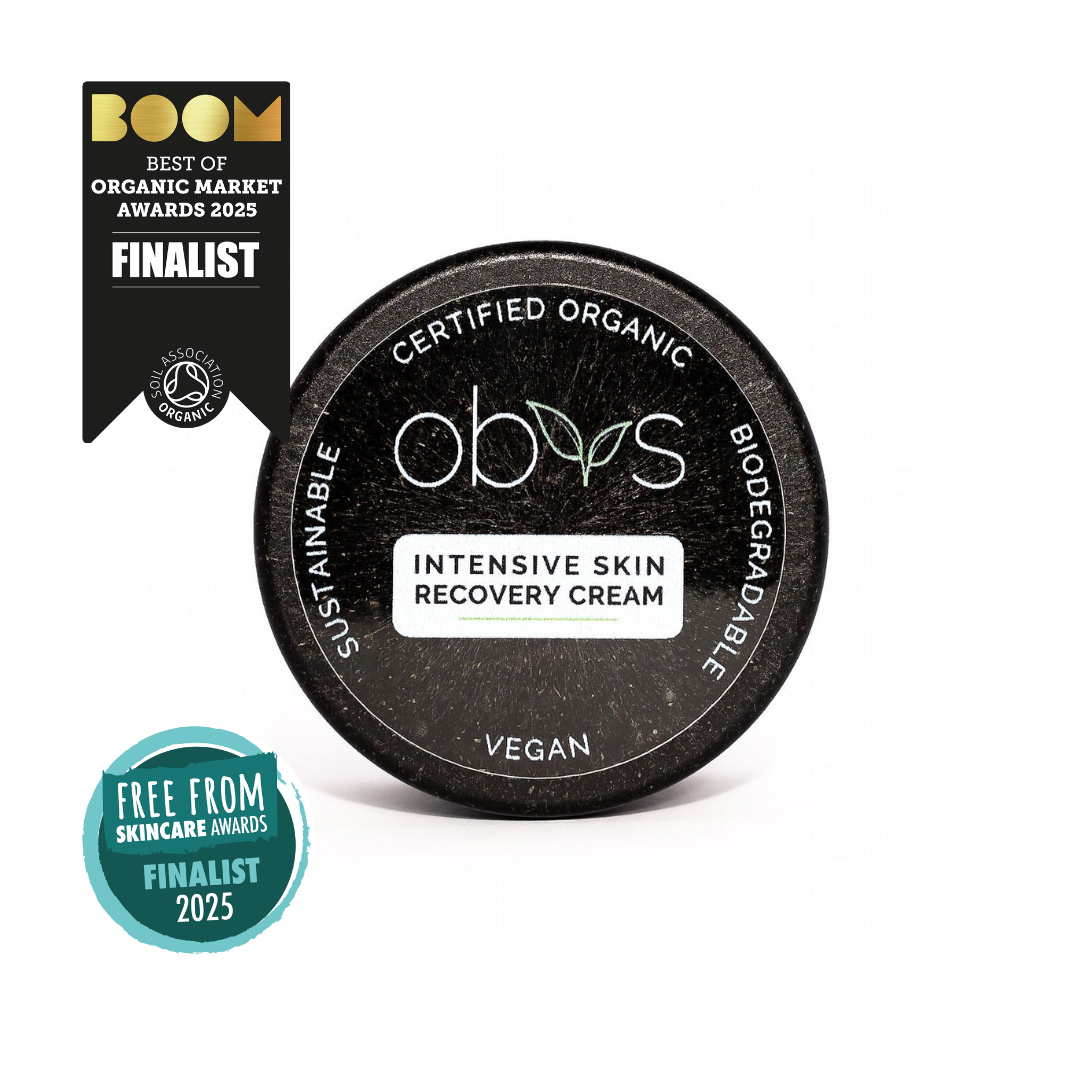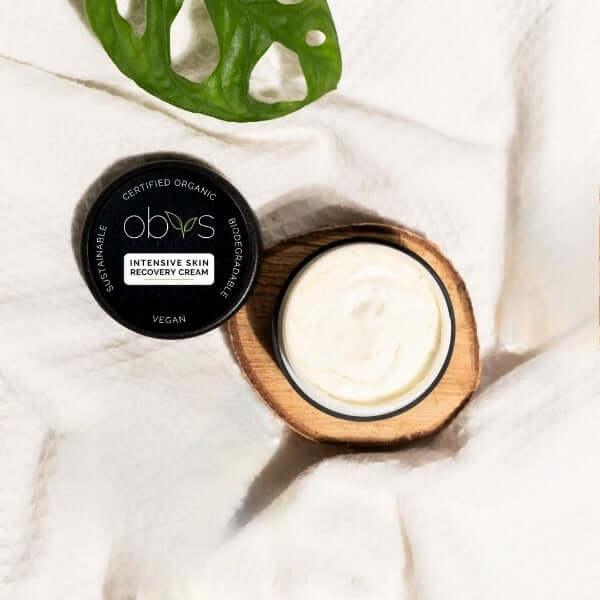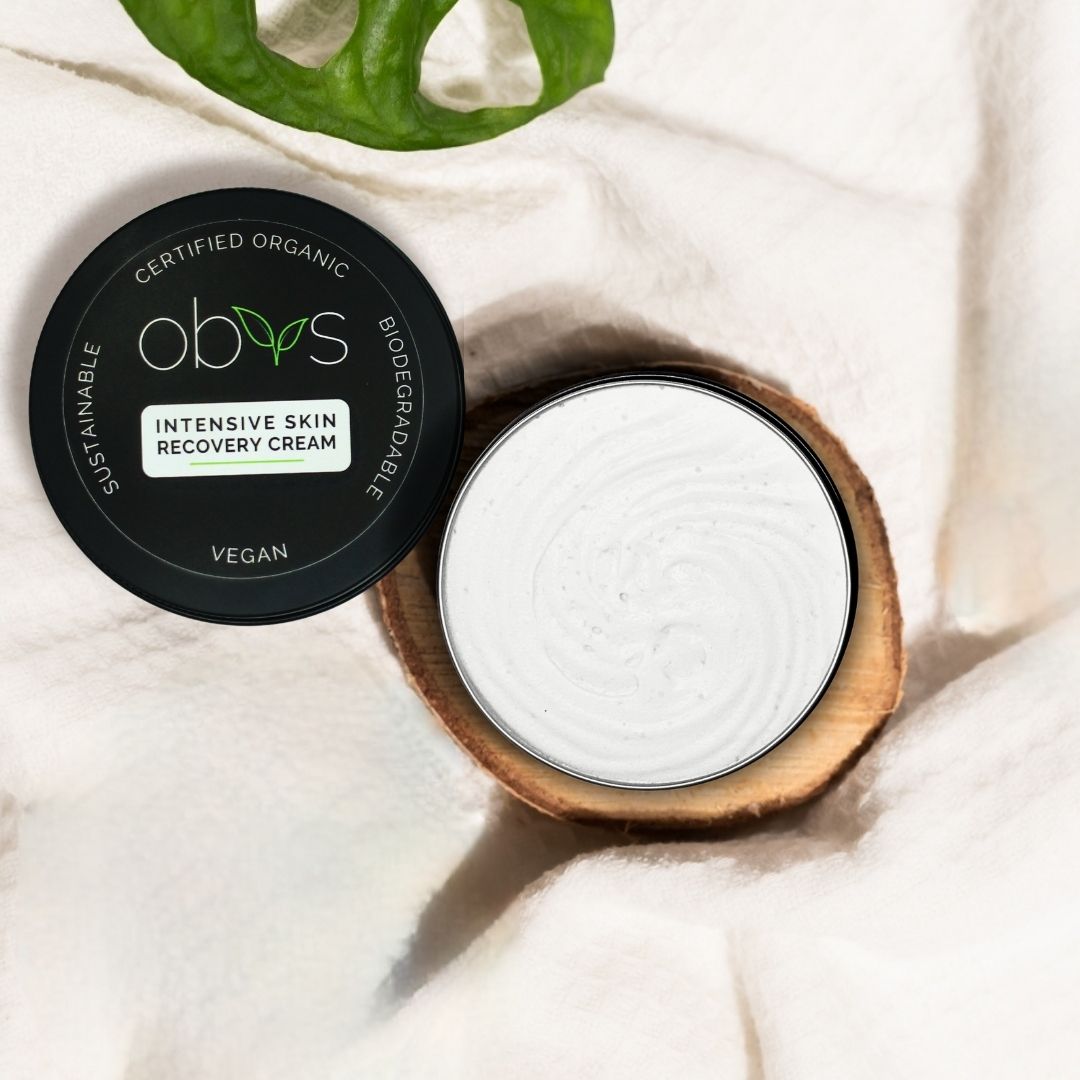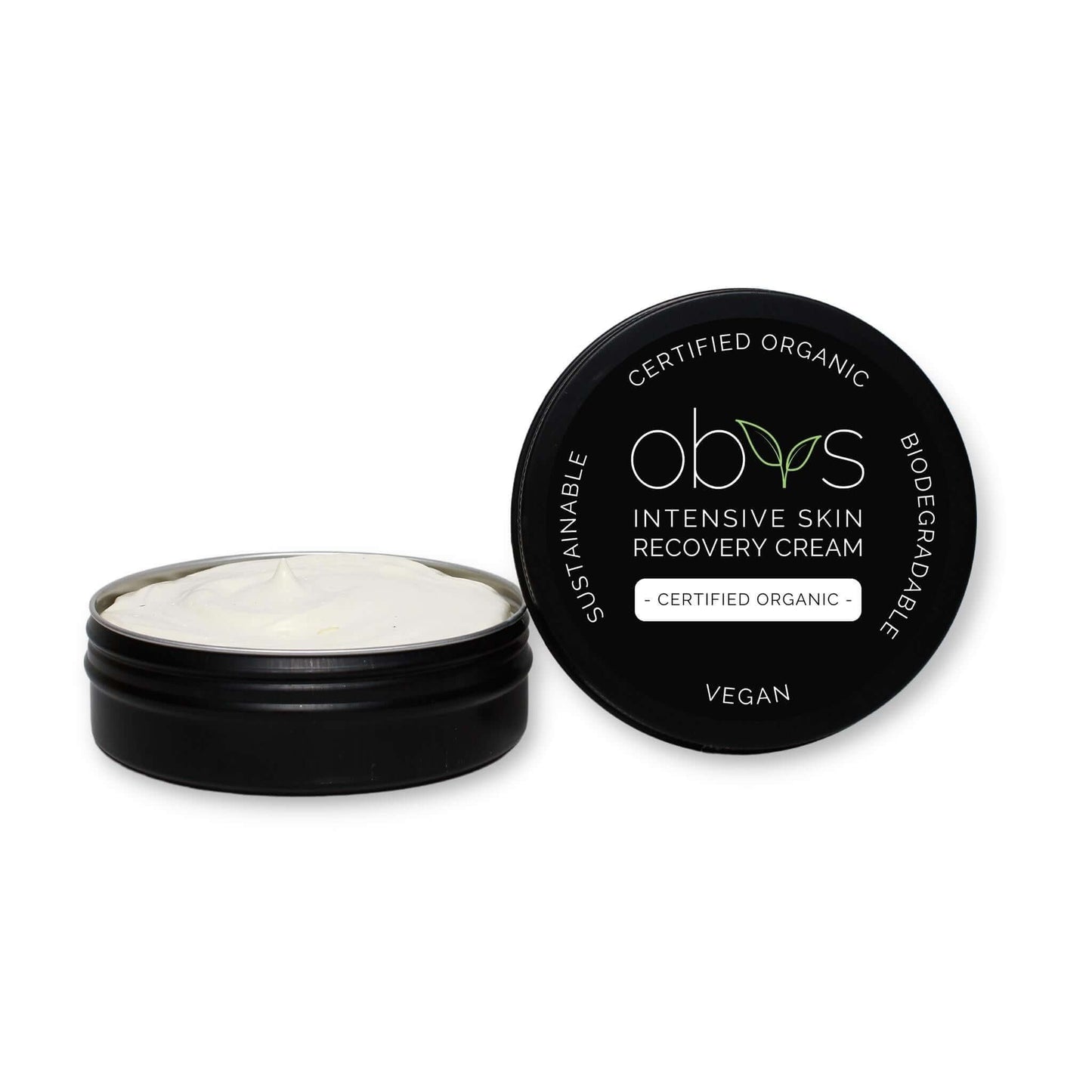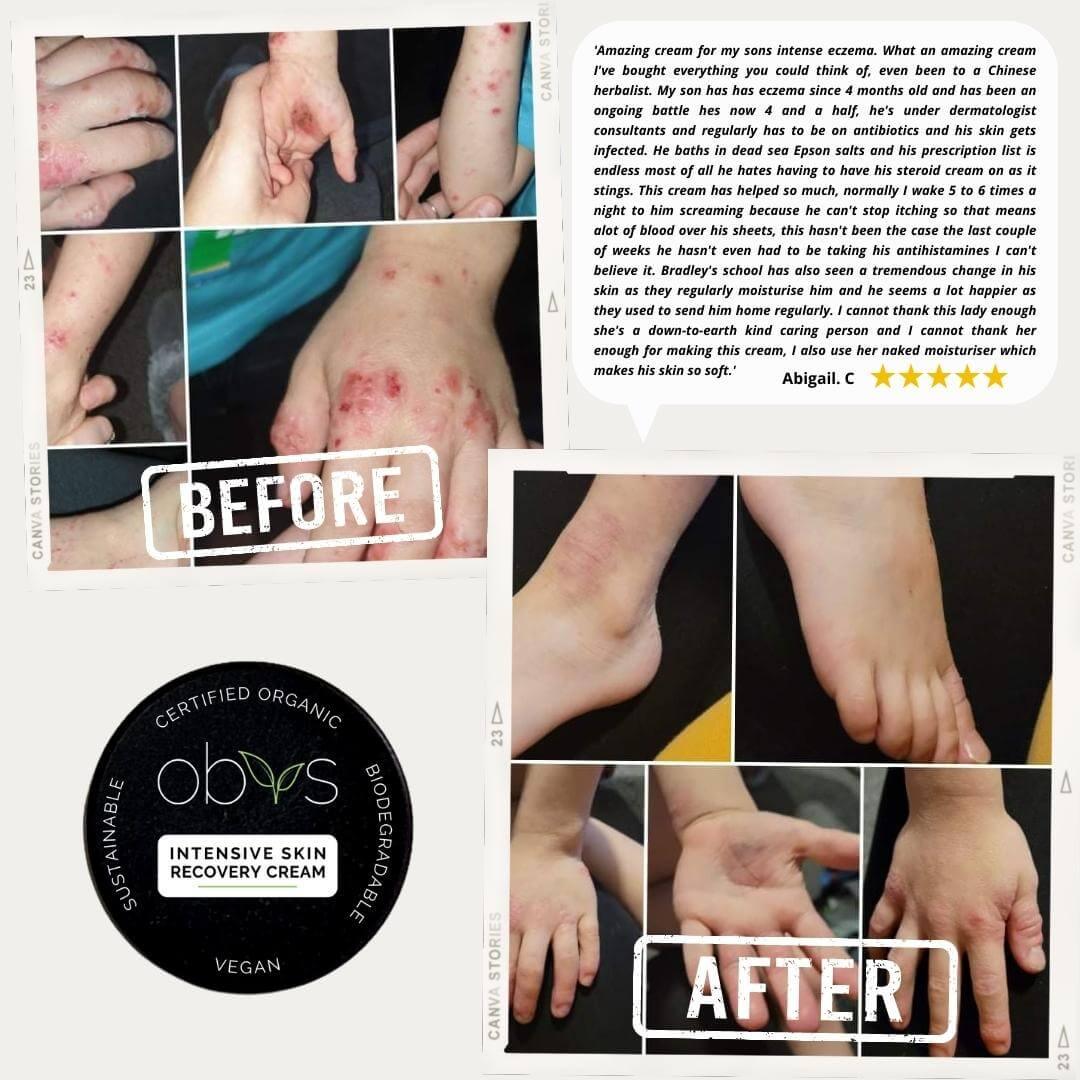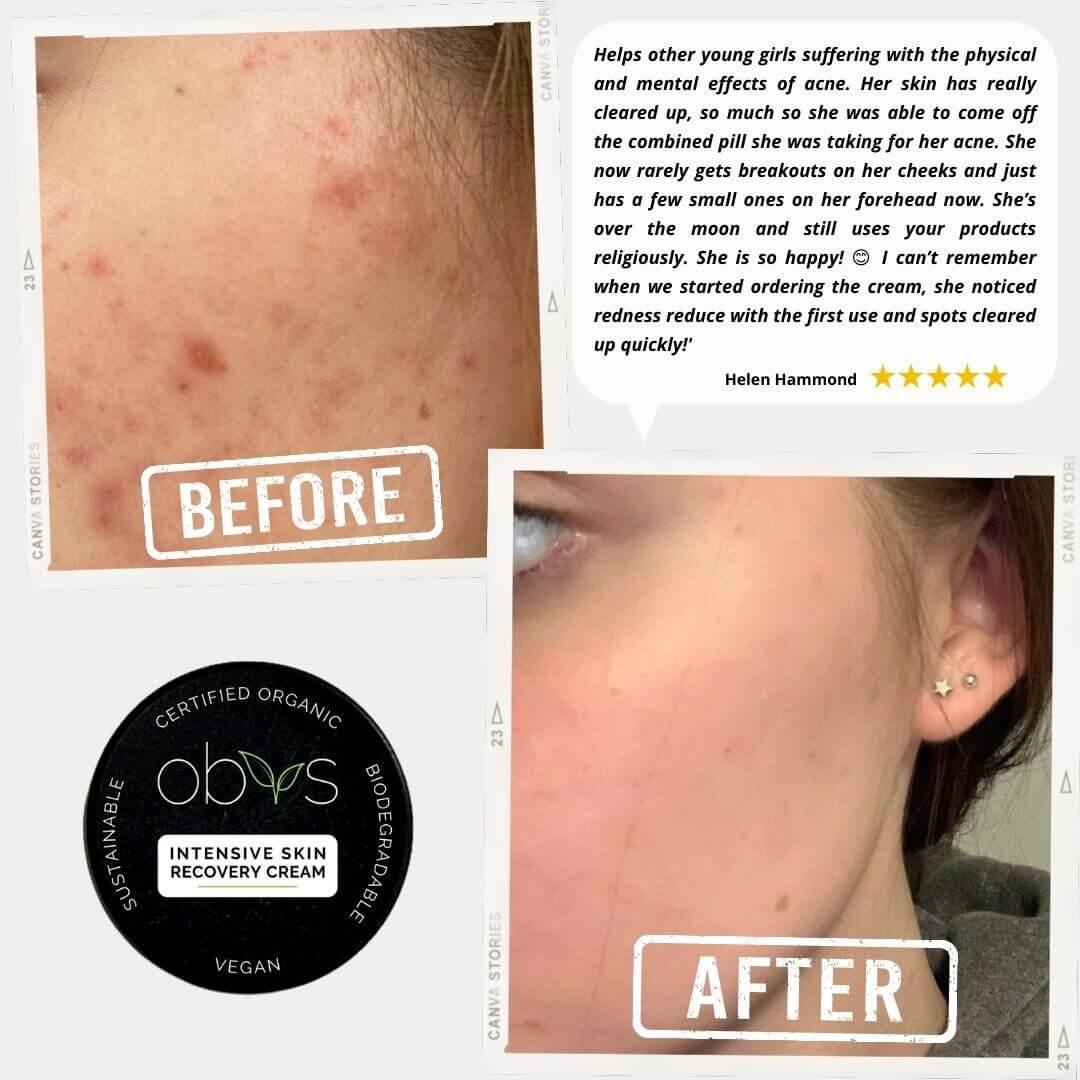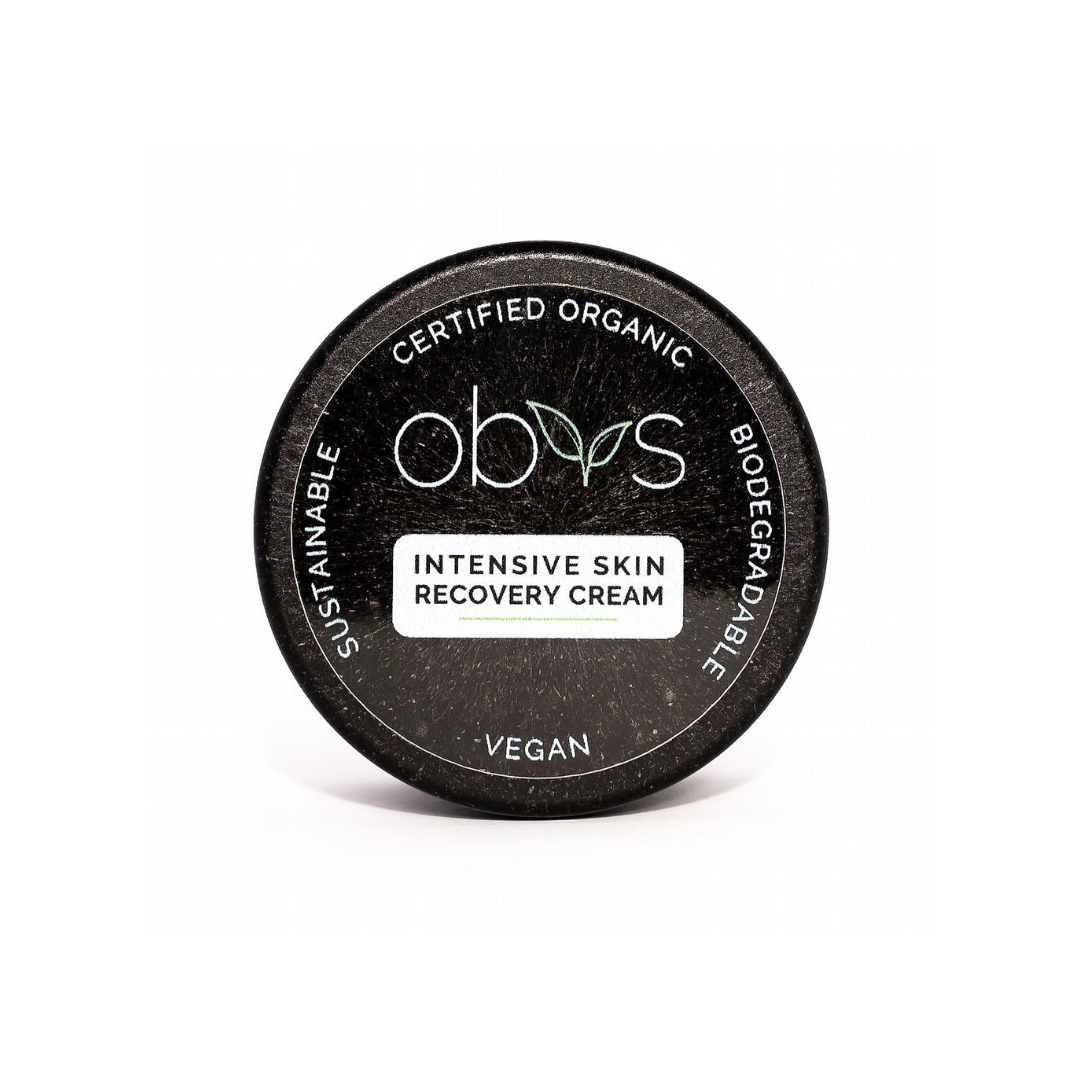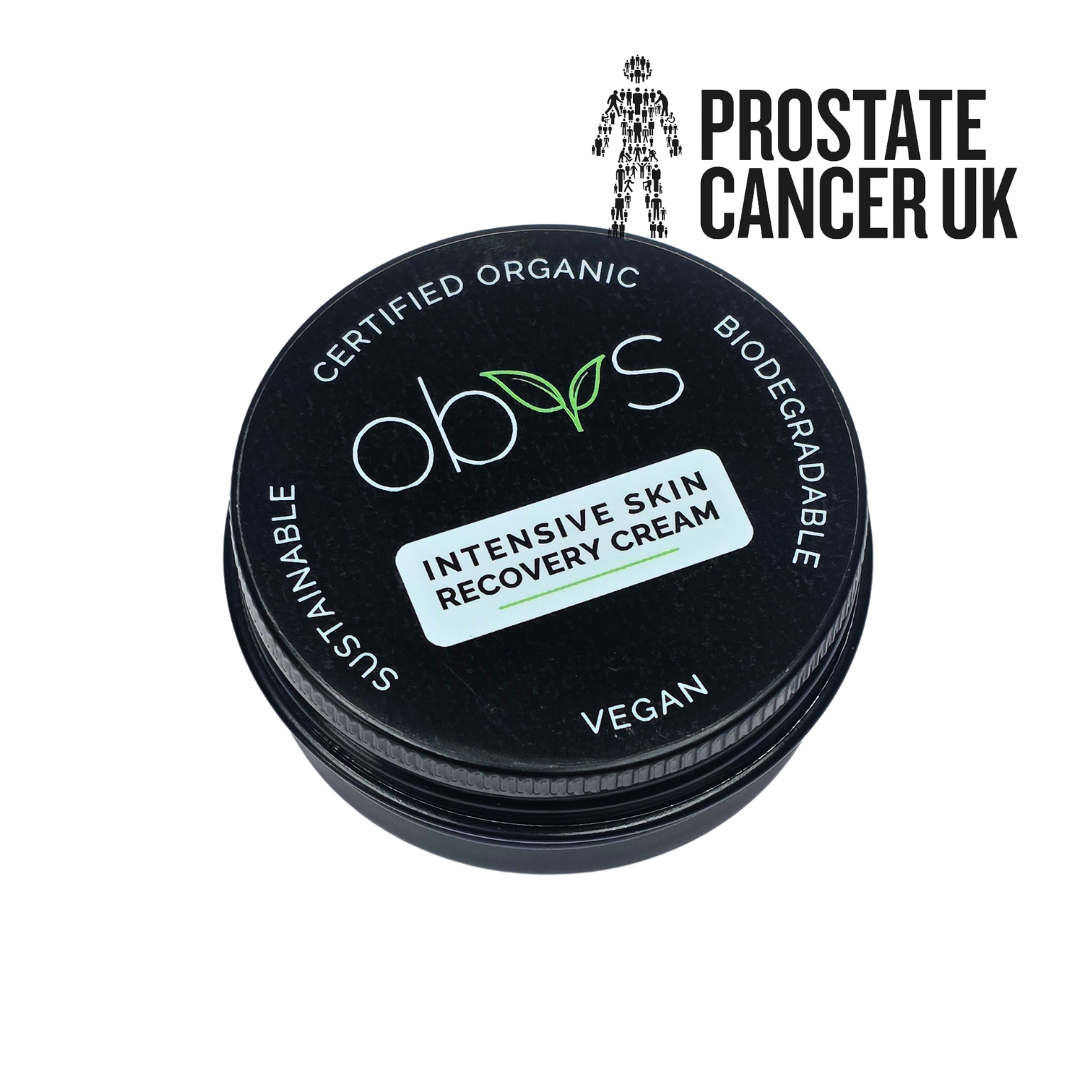
🌿 Understanding Soap-Making: What Happens to Sodium Hydroxide? 🛁
Share
Ever wondered about the role of sodium hydroxide (NaOH) in soap-making? 🤔
Let's break it down! Sodium hydroxide is a key ingredient in the soap-making process, aiding in the transformation of oils into soap through a process called saponification. 🧼✨
Here's how it works:
1️⃣ Sodium hydroxide reacts with oils (like coconut oil) to form soap molecules and glycerin.
2️⃣ During this chemical reaction, sodium hydroxide is fully consumed, leaving behind no traces in the final product.
3️⃣ Any excess sodium hydroxide is neutralized during saponification, ensuring the soap is safe and gentle for your skin. 🌱💧
So, while sodium hydroxide may sound intimidating, rest assured that in the world of soap-making, it plays a crucial role in creating luxurious and skin-loving bars without posing any harm. 💫
Got questions about soap-making or skincare? Drop them below! 👇 We're here to help you navigate the wonderful world of natural skincare with confidence.
✨ #SoapMaking101 #SkincareScience #NaturalSkincare

